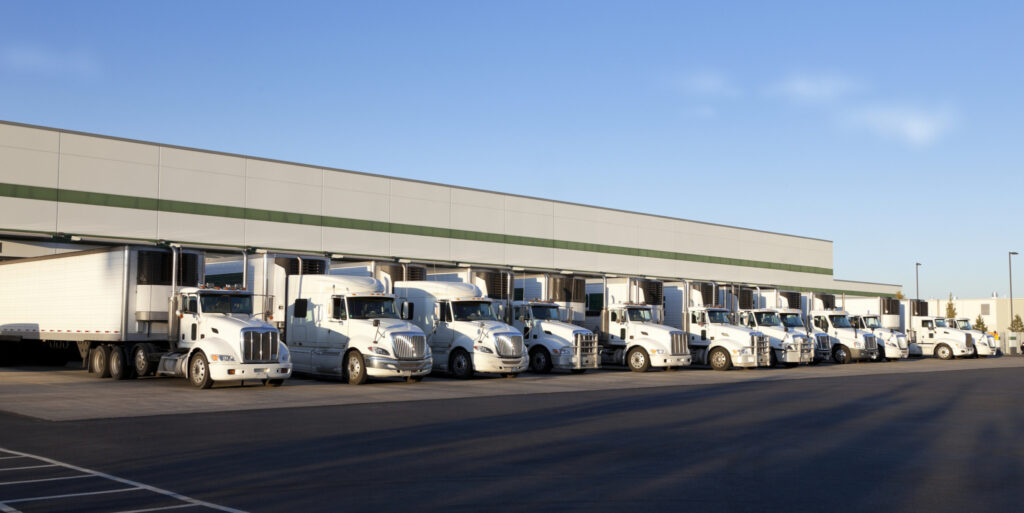Hot spot freight market shifting capacity from big fleets to independents
A hot spot freight market in 2021 resulted in record trucking start-ups in the U.S., shifting capacity from large truckload carriers and making it more difficult for shippers to lock in trucking services from traditional providers.
Industry forecaster FTR highlighted the phenomenon during a webinar Jan. 13. FTR’s vice-president of trucking, Avery Vise, said spot market metrics remain strong. Van and refrigerated segments saw record spot market volumes in 2021 and rates even outperformed those lofty achievements.
“Volume and rates were running well ahead of the five-year average,” Vise noted. “Rates appear to be quite resilient.”
The spot market represents about a third of all freight, FTR says. It’s also more volatile. And when it’s as hot as it was last year, it becomes attractive to owner-operators who may be leased on with a fleet. Vise said the Federal Motor Carrier Safety Administration authorized nearly 110,000 new for-hire trucing companies in 2021, a 85% increase from 2020, and 150% more than pre-pandemic record levels.
“Most were leased owner-operators who struck out on their own and got their authority,” Vise said. “Some of these are company drivers who bought trucks and got their own authority.”
This has shifted capacity from the mega-fleets to independents.
“Shippers have not been able to source capacity reliably with the core truckload carriers they’re accustomed to using,” Vise explained. “It has shifted more freight to the spot market, which in turn attracted more capacity to the spot market.”
Vise expects the trend to remain as long as spot market rates are high. Total truckload rates were up about 19% last year, Vise noted, but spot market rates surged 29% while contract rates lagged, up just 14%.
Capacity is likely to remain tight as active truck utilization is still at about 98%. But Vise downplayed the impact vaccination requirements at the border will have on capacity.
“I think fleets will have the ability to source drivers who have been vaccinated within short order,” he said. “Yes, we think it will be disruptive for a few weeks potentially, but we don’t think it’s going to fundamentally change market conditions.”

Equipment outlook
Truck and trailer OEMs are sitting on healthy backlogs that will keep them busy building equipment through 2023, once supply chain-related challenges ease, according to Don Ake, vice-president – commercial vehicles.
FTR estimates there are 93,000 Class 8 units of pent-up demand yet to be filled, and 65,000 trailers. Backlogs are at near historic levels (275,300 Class 8 units and 178,200 trailers) and once OEMs are more comfortable entering new orders as supply chain tightness eases, those backlogs will set new records, Ake predicted.
“Once the supply chain starts to heal and function better, you’re going to get higher production,” he explained. “We have a backlog that can support much higher production. When the supply chain issues start to get behind us, the OEMs are going to enter those commitments they’ve been holding for a few months.”
That, Ake said, should keep them busy churning out new equipment “well into 2023, and beyond.”
Ake said there won’t be a sudden snapback in production as the supply chain issues are resolved, as that won’t happen overnight. And labor will remain an issue for manufacturers, too.
Have your say
This is a moderated forum. Comments will no longer be published unless they are accompanied by a first and last name and a verifiable email address. (Today's Trucking will not publish or share the email address.) Profane language and content deemed to be libelous, racist, or threatening in nature will not be published under any circumstances.